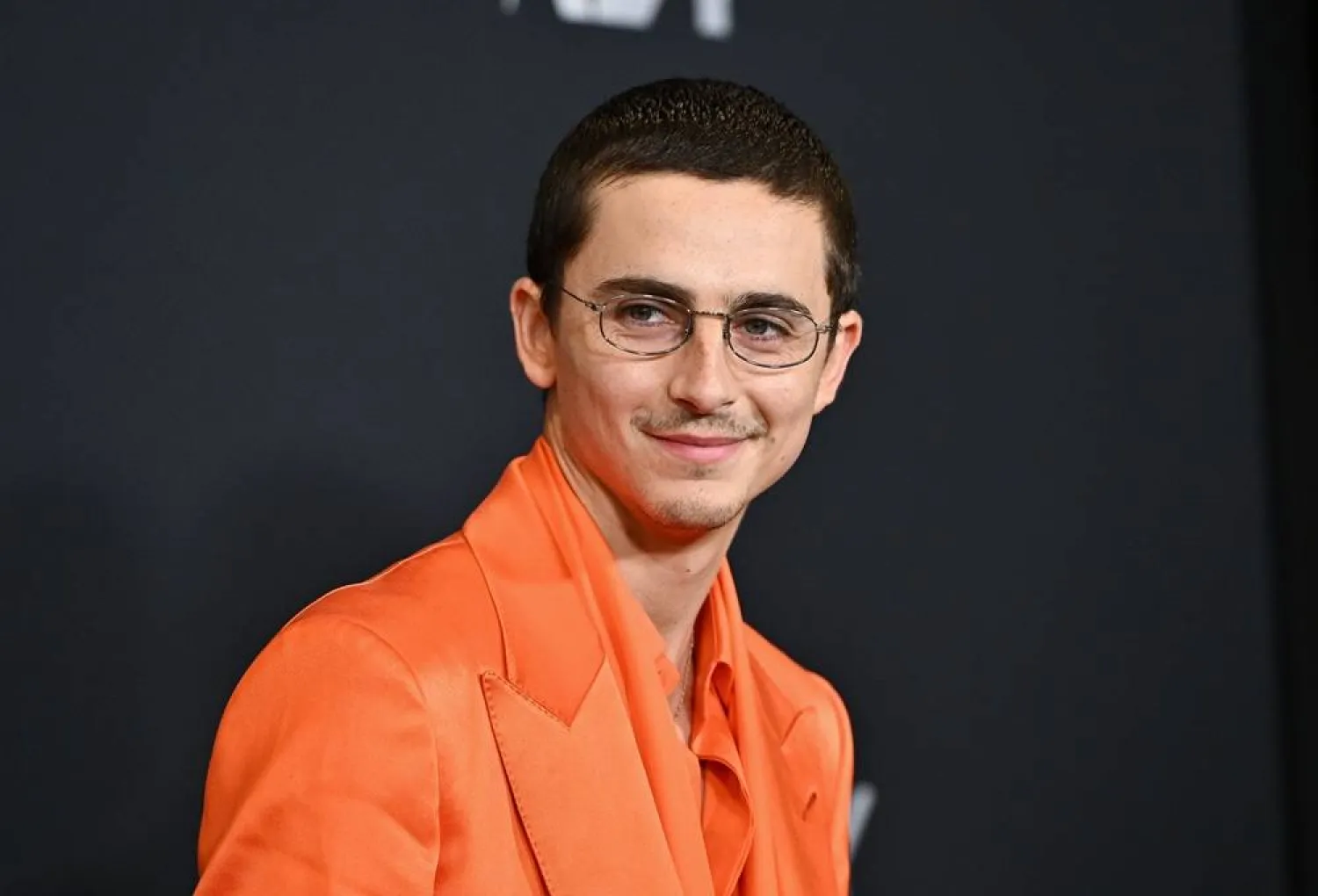When Richard Linklater first started thinking about making a film about the French New Wave, he figured he'd show it all everywhere except one place.
"I thought: They'll hate that an American director did this," Linklater said Sunday. "We’ll show this film all over the world, but never in France."
But Linklater nevertheless unveiled "Nouvelle Vague" on Saturday at the Cannes Film Festival, bringing film about the making of Jean-Luc Godard's "Breathless" to the very heart of the French film industry. It was, Linklater granted, an audacious thing to do.
And "Nouvelle Vague" went down as one of the biggest successes of the festival. At a Cannes that's been largely characterized by darker, more portentous dramas, "Nouvelle Vague" was cheered as an enchanting ode to moviemaking.
"Nouvelle Vague" is an uncanny kind of recreation. In black-and-white and in the style of the French New Wave, it chronicles the making of one of the most celebrated French films of all time. With sunglasses that never come off his face, Guillaume Marbeck plays 29-year-old Godard as he's making his first feature, trying to launch himself as a film director and upend filmmaking convention.
Linklater's movie, which is for sale at Cannes and competing for the Palme d'Or, is in French. It not only goes day-by-day through the making of "Breathless," it endeavors to capture the entire movement of one of the most fabled eras of moviemaking. Truffaut, Varda, Chabrol, Melville, Rohmer, Rossellini and Rivette are just some of the famous filmmakers who drift in and out of the movie.
Linklater told reporters Sunday that he wanted audiences to feel "like they were hanging out with Nouvelle Vague in 1959."
"It was an old idea of some colleagues of mine," said Linklater. "Thirteen years ago, we started talking about it. We're just cinephiles Austin, Texas, who love this era, and it's meant so much to me in my filmmaking. It represented freedom and the notion of the personal film. I've made a lot of films, and I've always felt if you do it long enough, maybe you should make one film about making films."
The stars of "Breathless" — Jean-Paul Belmondo and Jean Seberg — are played by Aubry Dullin and Zoey Deutch, respectively, in "Nouvelle Vague." With precision, Linklater captures them making some of the most famous shots from "Breathless" with a visual style and camera movements typical of that time.
"We couldn’t work quite as fast. We had sound and things," said Linklater, chuckling. (Godard dubbed sound after shooting.)
"It was a crazy idea and I haven’t really ever seen a film exactly like this. I said: We’re making a film from 1959 but it’s not a Godard film," said Linklater. "You can’t imitate Godard. You fail. But we could imitate the style of the time."
In "Nouvelle Vague," Godard is surrounded by doubts — Seberg is notably unsure of the project — but he stubbornly sticks to his instance on spontaneity. There's no real script, some shooting days just last a few hours and lines are improvised on the spot. In one fittingly moment where Godard tells his actors just to quote Humphry Bogart movie lines, he explains: "Not plagiarism. Homage."
Linklater's own homage in "Nouvelle Vague" brought him back to his early days as a filmmaker. His first films — "Slacker,Dazed and Confused,Before Sunrise" — have much of the independent spirit of the New Wave, he said.
"Making this film all these later, I felt like I erased my own history," said Linklater. "I was going back to being in my late 20s making my first film. I told a friend last night: I felt like I was 28 years old making this film."









